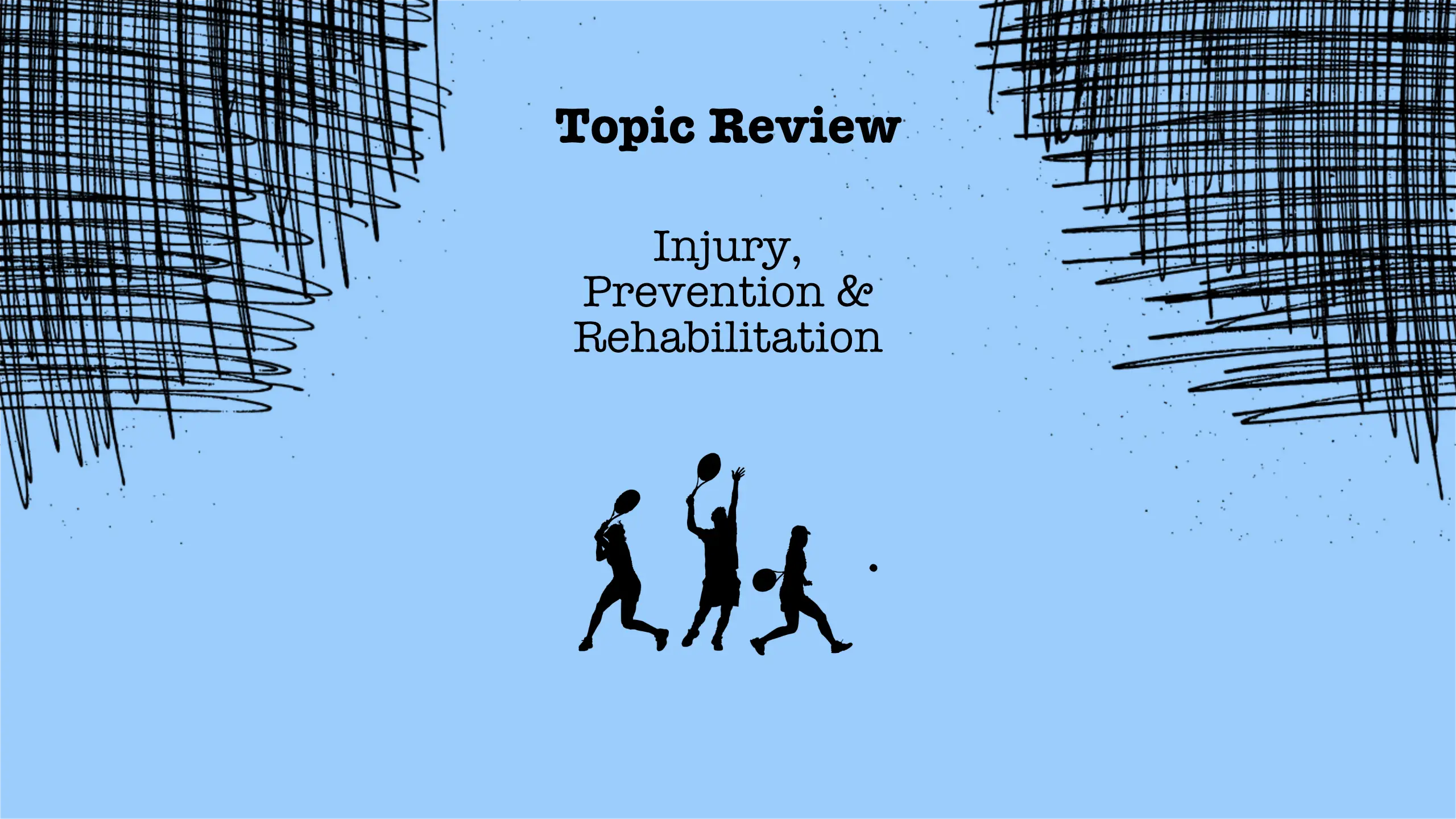Psychological and psychosocial factors play a crucial role in determining both the occurrence and severity of sports injuries.
In Clinical Issues (Bert De Cuyper, 2017), the author examines how stress responses, coping mechanisms, and social support influence injury risk and rehabilitation. The stress–injury model serves as the core framework, showing how distress (negative stress) and eustress (positive stress) can have opposite effects on an athlete’s vulnerability to injury.
Importantly, athletes can learn to transform distress into eustress by reframing stressful experiences as motivational challenges, promoting resilience and personal growth. These insights extend beyond sport — applicable to leadership, teamwork, and performance psychology more broadly.
Key Ideas
1. The stress–injury model
The stress–injury model explains how individual reactions to stress affect the likelihood of injury.
- Distress occurs when perceived demands exceed coping resources, leading to tension, distraction, and physical vulnerability.
- Eustress, by contrast, is characterized by challenge, excitement, and engagement — turning stress into a performance-enhancing experience.
Athletes who can reinterpret stress as an opportunity rather than a threat tend to perform better and experience fewer injuries.
2. Personal and psychological resources
Individual differences shape how athletes experience and respond to stress. Key personal resources include:
- Personality traits — such as locus of control, psychological hardiness, sense of coherence, achievement motivation, and competitive trait anxiety.
- Locus of control: the perceived ability to influence life events.
- Psychological hardiness: curiosity, commitment, and the capacity to see change as a challenge rather than a threat.
- Sense of coherence: feeling of belonging and internal stability.
- Achievement motivation: balancing the need to succeed with the fear of failure.
- Competitive trait anxiety: tendency to perceive situations as threatening.
A positive mental state can buffer the negative impact of distress, while patterns like defensive pessimism, perfectionism, or negative athletic identity increase injury risk.
3. History of stressors
Athletes’ previous experiences — both personal and professional — directly influence their susceptibility to injury.
- Negative life events (NLEs) and daily hassles elevate the risk of injury.
- Interestingly, positive life events (PLEs) can also increase the likelihood of injury by introducing new demands and arousal levels.
- The cumulative sum of life events, known as Total Life Events (TLE), shapes the athlete’s overall stress exposure.
The history of injuries itself is another critical stressor, as fear of re-injury can heighten anxiety and muscular tension.
4. The role of social support
Coping resources — particularly social support — are among the most powerful predictors of both injury prevention and successful rehabilitation.
- High social support acts as a protective factor, helping athletes reframe challenges and maintain motivation.
- Low social support exacerbates vulnerability, prolonging recovery and intensifying distress.
Team chemistry also matters: in football, for instance, injury rates correlate with team performance, and strong social bonds within teams can reduce stress and foster resilience.
5. From distress to eustress: the intervention perspective
Transforming distress into eustress is central to long-term psychological interventions in sports.
Such programs target:
- Enhancing social support systems,
- Reducing the impact of negative life events,
- Developing adaptive coping strategies, and
- Reframing stressors as growth opportunities.
Interventions are most effective when designed as long-term programs rather than short-term solutions, focusing on psychological education, communication training, and emotional resilience.
6. Future directions
Future research and applied work should continue developing preventive interventions that integrate psychological training into standard physical conditioning.
These should focus on:
- Promoting mental flexibility,
- Reinforcing team cohesion,
- Supporting athletes through transitions and setbacks, and
- Improving outcomes in injury rehabilitation through tailored psychosocial support.
Selected Citations
- “Stress–injury model: stress, distress, eustress.”
- “Distress (negative): over-challenging by a combination of importance and yet no resources to cope.”
- “Eustress (positive): challenging, exciting, and fun.”
- “Positive life events lead to a higher chance of severe injury.”
- “Coping resources are the most valuable predictor.”
Academic Reference
De Cuyper, B. (2017). Clinical Issues. In G. Tenenbaum & R. Eklund (Eds.), Handbook of Sport Psychology (3rd ed.). New York: John Wiley and Sons.
External References
- Williams, J., & Andersen, M. (2007). Psychosocial Antecedents of Sport Injury and Interventions for Risk Reduction. In Tenenbaum, G. & Eklund, R. (Eds.), Handbook of Sport Psychology (3rd ed., pp. 379–403). New York: John Wiley and Sons.
- Brewer, B. (2007). Psychology of Sport Injury Rehabilitation. In Tenenbaum, G. & Eklund, R. (Eds.), Handbook of Sport Psychology (3rd ed., pp. 404–424). New York: John Wiley and Sons.
